Not every town in Hawaii is a golden-years paradise—some are more like outtakes from a travel blooper reel.
Here are the top 20 towns where retirees might find the beach too hot or the volcanoes too close for comfort.
Who said retirement was boring?
1. Pahala, Hawaii

Pahala is located on the Big Island and is known for its vast expanses of macadamia nut orchards and coffee plantations. This small town has a quiet, rural atmosphere that may seem appealing at first. However, its isolation from major medical facilities and limited shopping options can be a challenge for retirees.
Residents here face higher living costs compared to the national average, which is typical of many Hawaiian locations but can be more pronounced in less developed areas. Public transportation options are also sparse, making it difficult for those who no longer drive.
Why it’s challenging for retirees: Limited healthcare access and high cost of living make Pahala less ideal for retirement.
2. Naalehu, Hawaii
Naalehu is famous for being the southernmost town in the USA. It boasts scenic views and a slower pace of life. The town is small, with a population that enjoys the quiet life amidst nature.
However, Naalehu lacks urban amenities that are essential for comfortable retirement living, such as hospitals, diverse entertainment options, and specialty groceries. The weather here can also be unpredictable, with frequent rain that might not appeal to all retirees.
Drawback for retirees: Insufficient amenities and erratic weather conditions.
3. Ocean View, Hawaii
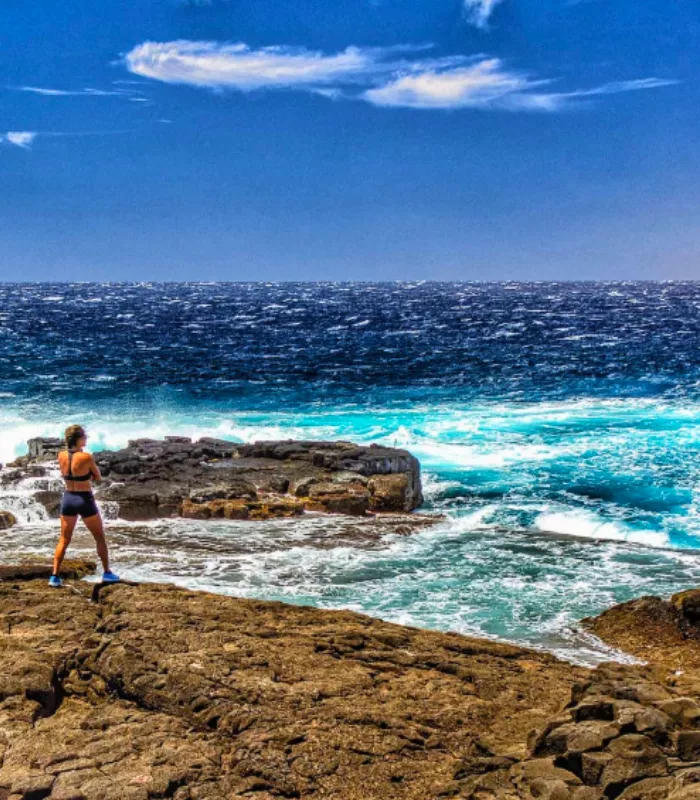
Ocean View is one of the largest rural developments in the country by land area, offering some of the most affordable real estate in Hawaii. The allure of cheap land and significant properties is strong.
However, the water supply is mainly dependent on rainwater catchment systems, and access to healthcare and other critical services is limited. For those accustomed to the conveniences of city life, Ocean View can feel like a step back in time.
Retirement Concern: Reliance on rainwater and lack of essential services.
4. Pahoa, Hawaii
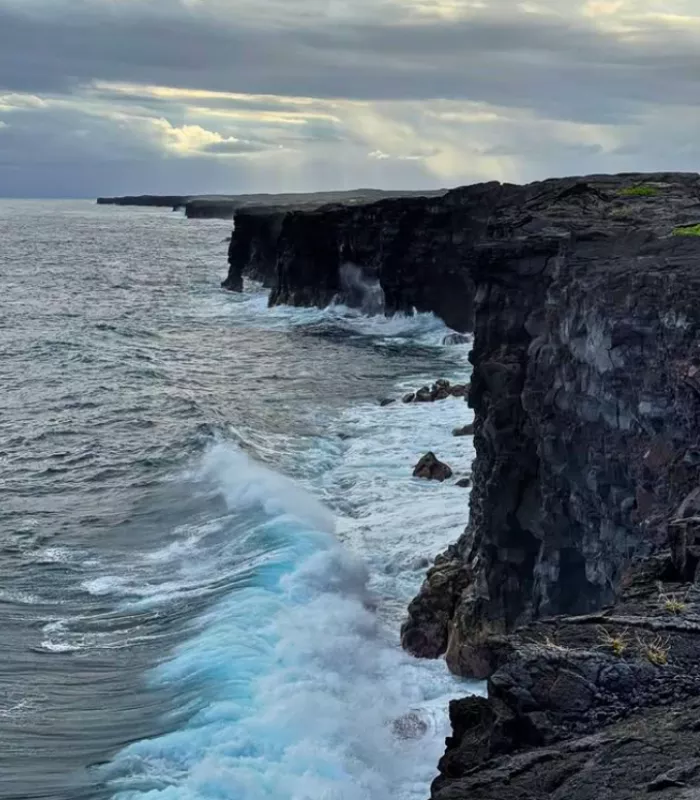
Pahoa offers a unique, laid-back lifestyle with its old-town feel and vibrant community. It is close to volcanic natural wonders and lush rainforests, providing stunning landscapes and outdoor activities.
Yet, Pahoa is also near the active Kilauea Volcano, which poses a significant risk of eruptions and air quality issues from volcanic smog, known locally as “vog.” This can be a health concern, especially for retirees with respiratory issues.
Reason for ranking: Proximity to an active volcano and vog conditions.
5. Mountain View, Hawaii
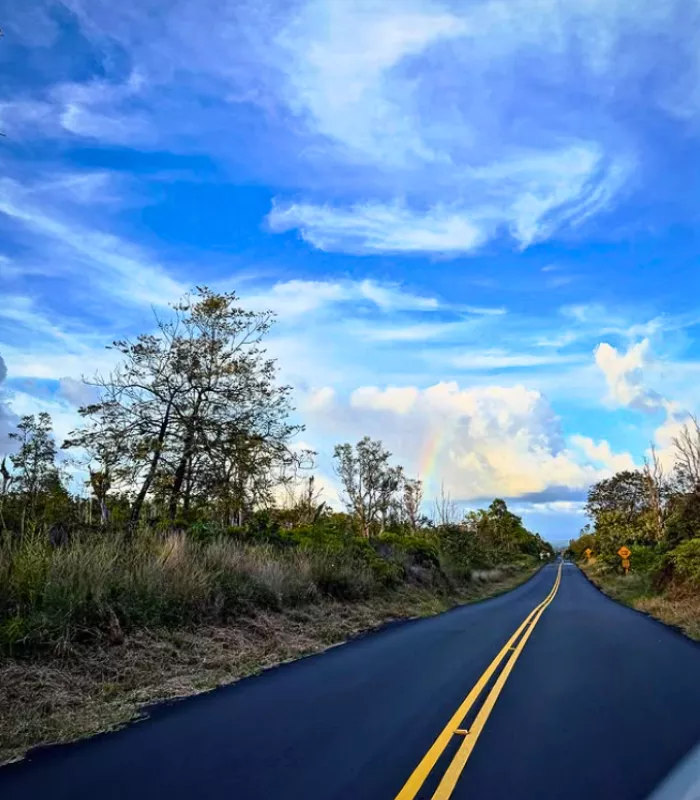
Mountain View on the Big Island features some of the most affordable housing in the state. It’s surrounded by lush greenery and is ideal for gardening enthusiasts.
However, the town’s elevation means cooler temperatures and more rainfall, which might not suit everyone’s taste or health needs. Furthermore, Mountain View is somewhat remote, with limited access to larger hospitals or specialty care.
Retirement downsides: Cooler and wetter climate, remote location.
6. Hawaiian Ocean View, Hawaii
Hawaiian Ocean View is known for its stunning ocean views and large, inexpensive land plots. It attracts those looking for a quiet life, away from the hustle and bustle of the city.
Despite its beauty, the town is quite isolated, which means limited access to healthcare, entertainment, and daily conveniences. Public transportation is almost non-existent, which can pose a problem for those who cannot drive.
Major drawback: Isolation from essential services and lack of public transport.
7. Lanai City, Hawaii
Lanai City, located on the island of Lanai, offers a tight-knit community feel with less than 3,000 residents. It’s known for its pine-lined streets and unique history related to the pineapple industry.
However, living on a smaller island means that residents often have to travel to Maui or Oahu for more specialized medical care. This can be both costly and inconvenient, especially for those with more serious health conditions.
Retirement hurdle: Need to travel for advanced medical care.
8. Captain Cook, Hawaii
Captain Cook, another town on the Big Island, is steeped in history and rich with cultural heritage. It’s close to some of the best snorkeling spots and has a vibrant coffee farming community.
Despite these attractions, the town’s steep terrain can be difficult to navigate, especially for those with mobility issues. Medical facilities are also not as accessible, which could be a concern for retirees requiring regular care.
Retirement issue: Difficult terrain and limited medical access.
9. Hana, Hawaii

Hana is one of the most isolated communities on Maui, known for its breathtaking views along the famous Road to Hana. The town offers a truly tranquil lifestyle, deeply connected with the Hawaiian culture and natural beauty.
However, its very isolation that provides peace also means that amenities and healthcare are miles away. Hana has a small clinic, but more serious health issues require a long trip to the nearest hospital.
Why it’s not ideal for retirees: Extreme isolation from necessary amenities.
10. Kahuku, Hawaii
Kahuku is renowned for its shrimp farms and beautiful beaches on the island of Oahu. It’s a popular spot for tourists and locals alike.
However, the town’s proximity to Honolulu means higher property prices and cost of living, making it less affordable for retirees on a fixed income. Additionally, the area can be quite busy, which might not appeal to those seeking a quieter retirement.
Retirement difficulty: High living costs and busy environment.
11. Molokai, Hawaii
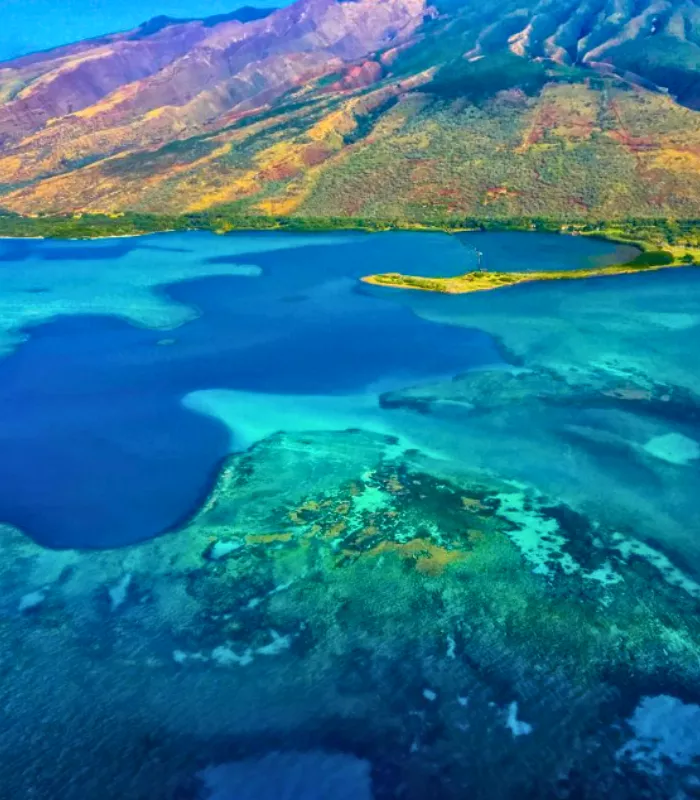
Molokai is known for retaining a strong sense of native Hawaiian culture and offers a less commercialized experience compared to other islands. It’s an ideal place for those looking to connect deeply with traditional Hawaiian life.
However, the lack of modern healthcare facilities and limited daily conveniences can make it challenging for retirees. The island’s slower pace and isolation from larger cities can be a drawback for those needing more frequent medical care.
Challenge for retirees: Insufficient healthcare facilities and limited conveniences.
12. Waianae, Hawaii
Located on the west coast of Oahu, Waianae is a community with stunning natural beauty and a lower cost of living than Honolulu. The area boasts beautiful beaches and parks.
However, it also faces challenges with higher crime rates and a lack of essential services like quality healthcare and shopping centers. This can deter retirees looking for a safe, convenient place to enjoy their golden years.
Retirement downside: Higher crime rates and lack of essential services.
13. Makaha, Hawaii
Makaha is famous for its spectacular surfing beaches and beautiful sunsets. It’s a quieter part of Oahu that attracts surfers and nature lovers.
Yet, the area is somewhat remote, with limited medical facilities and grocery stores. The public transport system is not robust, making it difficult for those without a vehicle to get around. This can be particularly challenging for retirees who rely on public transportation.
Retirement limitation: Remote location with limited transportation and amenities.
14. Wahiawa, Hawaii
Wahiawa is centrally located on Oahu and features a cooler climate due to its elevation. The town has a historic charm and is surrounded by agriculture.
Despite its central location, Wahiawa has struggled with social issues and does not have the healthcare infrastructure suitable for aging residents. This can make it less appealing for retirees seeking stability and comprehensive medical care.
Why retirees might struggle: Limited healthcare infrastructure and social challenges.
15. Ewa Beach, Hawaii

Ewa Beach is located on Oahu’s southwest coast. It has experienced rapid development over the years and offers various recreational activities, including golf courses and beaches.
However, the cost of living here is rising rapidly, making it less affordable for retirees on fixed incomes. Traffic congestion can also be severe, particularly during peak hours, complicating travel to other parts of the island.
Retirement challenges: High cost of living and traffic congestion.
16. Waipahu, Hawaii

Waipahu is a historic town known for its sugar plantation history. Today, it is a bustling community with a diverse population.
The town, however, suffers from overcrowding and high property prices. The industrial and commercial developments in the area also lead to traffic issues, which can detract from the tranquility many retirees seek.
Downside for retirees: Overcrowding and high living costs.
17. Kahului, Hawaii
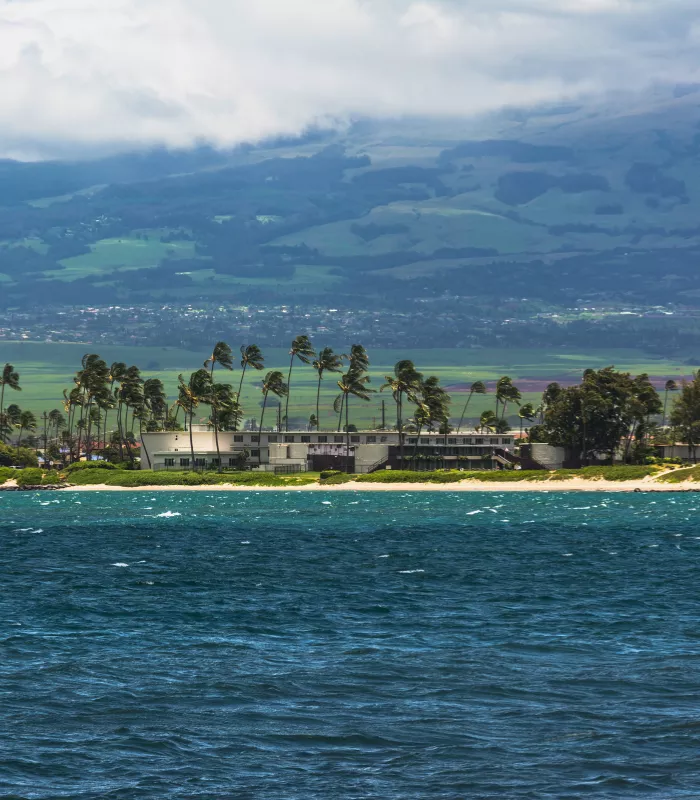
Kahului is the commercial hub of Maui, offering convenient access to shopping, airports, and other amenities. It’s known for its practicality rather than its scenic charm.
Despite these conveniences, the urban environment can be overwhelming with its busy traffic and industrial areas. Additionally, the noise and hustle might be too much for those looking for a peaceful retirement setting.
Why it’s less ideal: Busy urban atmosphere and industrial setting.
18. Kihei, Hawaii
Kihei on Maui is popular among tourists for its beautiful beaches, sunny weather, and active nightlife. It has a vibrant community with lots of recreational activities.
Yet, the town’s popularity also means it can be quite crowded, especially during peak tourist seasons. This congestion and the transient nature of the population can be drawbacks for retirees seeking a quiet, stable community.
Retirement inconvenience: Crowded and transient population.
19. Lahaina, Hawaii
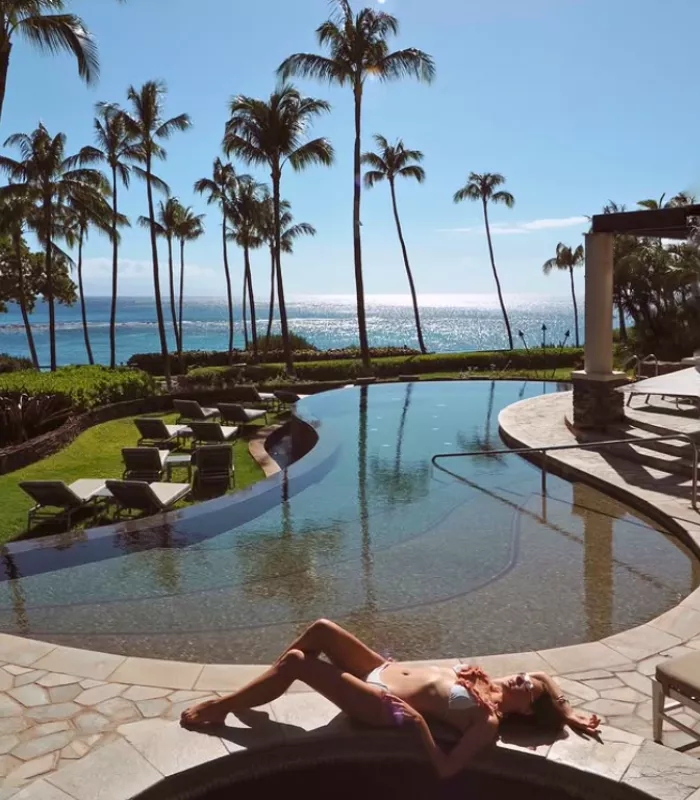
Lahaina is another Maui hotspot known for its rich history as the former capital of the Kingdom of Hawaii and its lively Front Street, lined with shops and restaurants.
The town, however, can feel very tourist-oriented, with high prices and a focus on tourism rather than residential living. The bustling tourist activity can detract from the calm, serene retirement many envision.
Disadvantage for retirees: Tourist-oriented environment and high living costs.
20. Hanapepe, Hawaii
Known as “Kauai’s Biggest Little Town,” Hanapepe has a charming, artsy vibe with its historic buildings and weekly art night. It’s a cultural gem on the island.
However, its small size means limited healthcare and daily living amenities. The town also lacks the infrastructure to support a growing retiree population, making it less suitable for those seeking comprehensive services and convenience in their retirement years.
Reason for less appeal: Limited amenities and insufficient infrastructure for retirees.
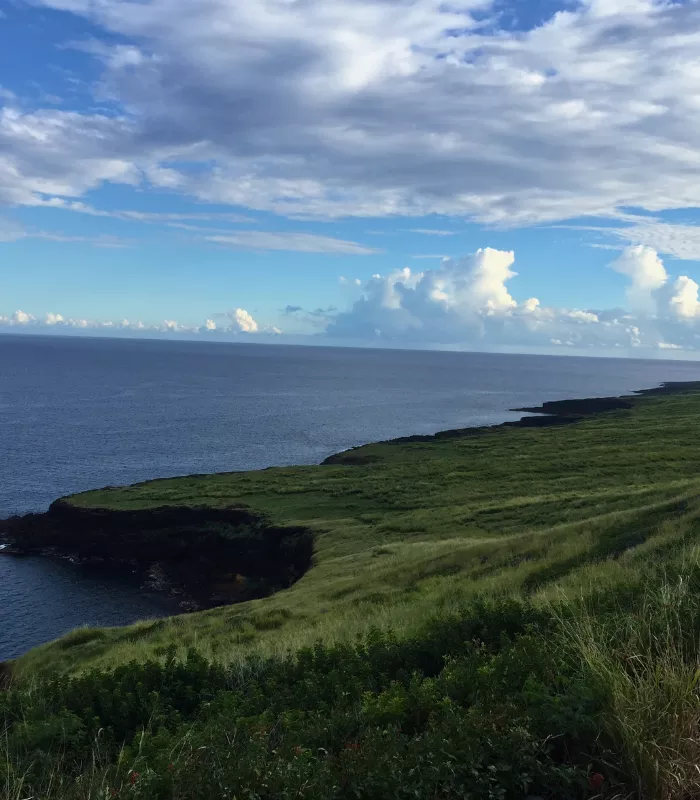
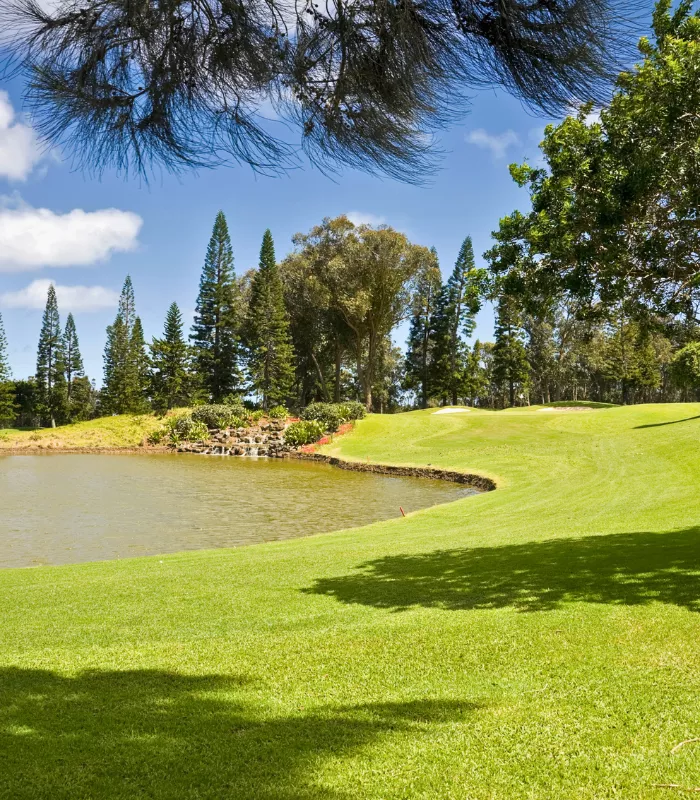
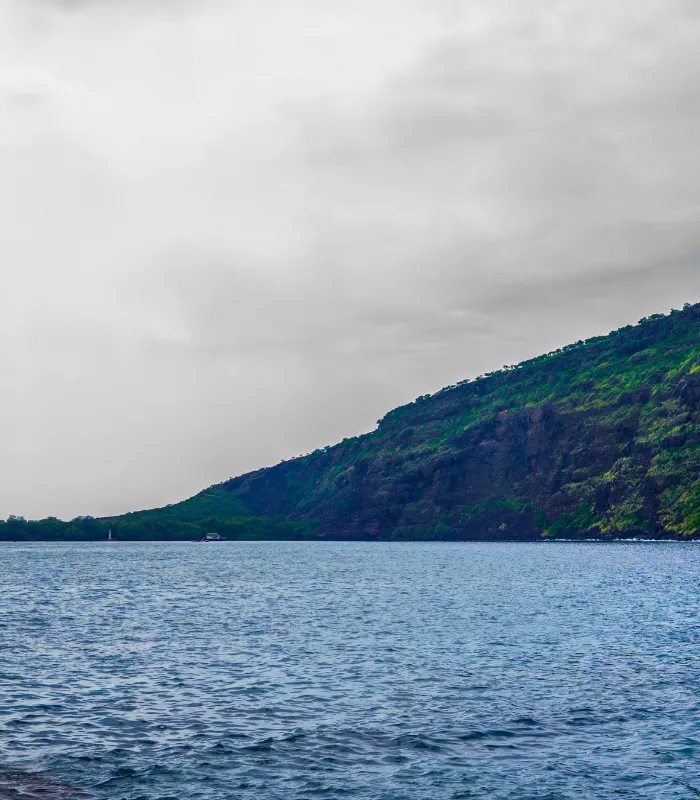
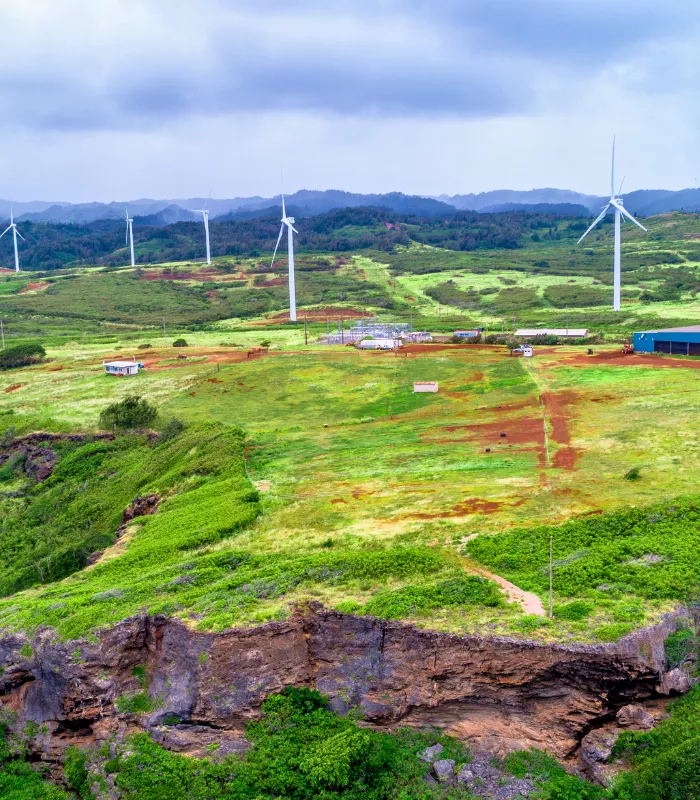

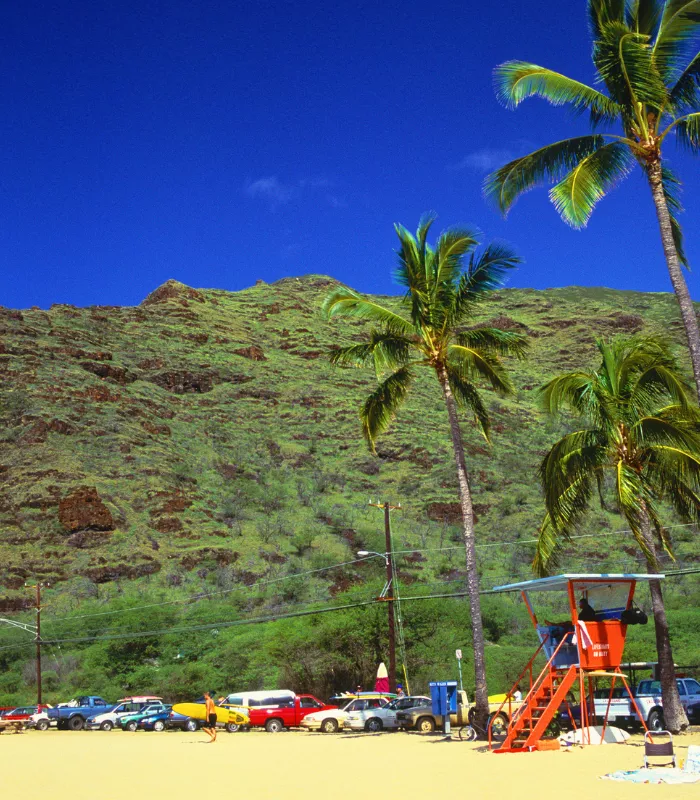
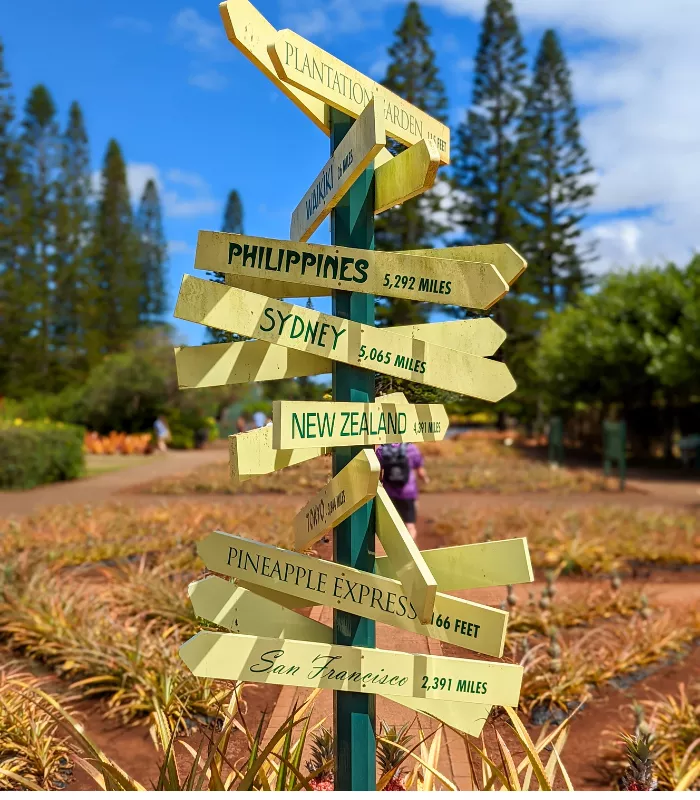
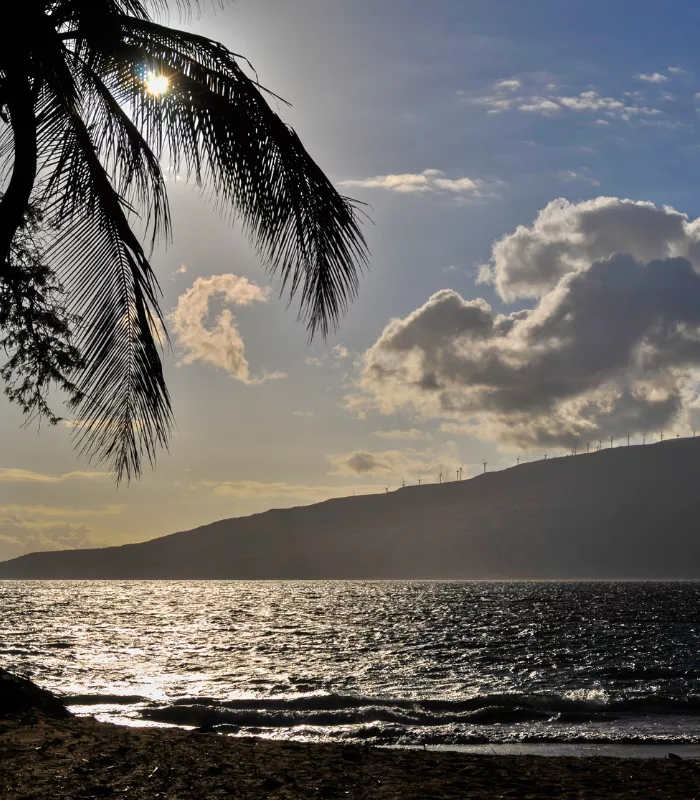
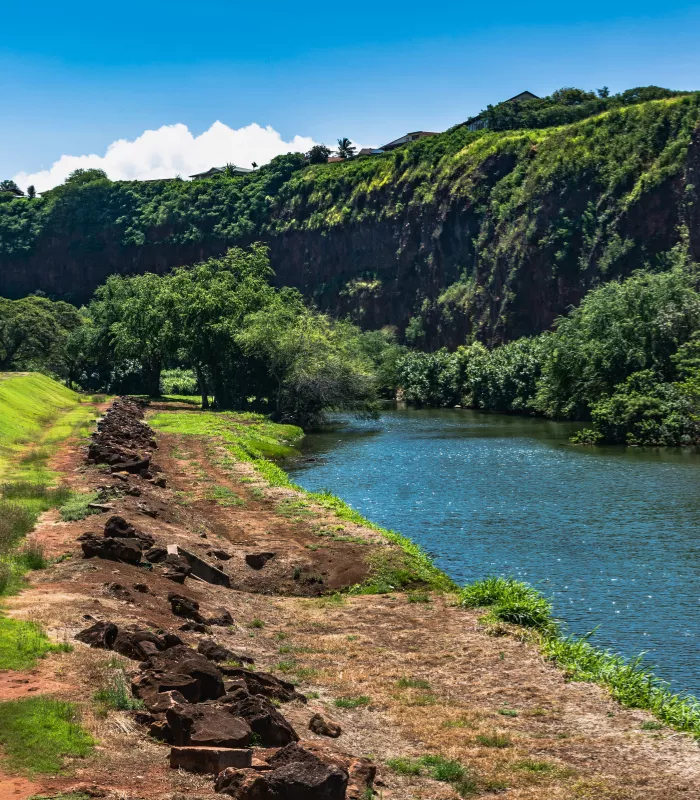
You could come up with the 20 worst places to live anywhere. Hawaii is still rated as the happiest state and the quality of life here is better than most. Try living in places like Mississippi, Alabama, or West Virginia. We have great beaches and better weather. We have the lowest property taxes in the nation and none of the congestion and nightmare that is going on in California
I live on the south side of the Big Island in the winter, Stunning that 5 of the photos here are not the rural areas you claim they are. We do have a medical clinic in the area and a small hospital and the public bus that has been free for while to take you to Hilo and Kona; we have great farmer’s markets , local markets have locally sourced fresh seafood, beef, fruits and vegetables. We have free spring water that flows from the ground at the transfer station and a good life and we can shop in Kona or Hilo and we have a highway to these city’s. We host some great restaurants in the area and access to beaches that only locals know.
I’ve kinda rare and lived on big island for over 10 years, Oahu for 20 years and a few years on Maui. Best island is the big island for me… I just like the lack of people… Even though the big island is growing, Pele needs to stop the flow of people! Burn down some more towns. lol good thing about the volcano, keeps the population in check. Earthquakes and Lava keep the fear machine going!